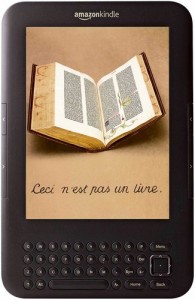I’ve been working on collecting digital stories from Columbus community members since the spring of 2009. The Knowledge Bank folks have been very generous and provided a portal for the work completed in the Hilltop area of town and will, no doubt, be willing to set one up for other neighborhoods if a grant I submitted allows for work in Old Town, East; Linden; and the University Area (District). Other colleagues around the country in English studies and related areas are doing similar work and looking for a national archive to which we can all submit work. In addition, the director of the Center for Digital Storytelling <www.storycenter.org>, Joe Lambert, indicated several months ago that he too is interested in an archive of this nature: that one did not already exist. (Lambert will be in town for the Innovate conference next week. I’ll touch base with him again.)
The characteristics of such an archive are to be determined but should include a simple submission process, a long-term archival plan for many media types, IRB approved permissions, Creative Commons-type IP assignments, interactive components, a “spacialized” interface, etc.
Questions that participants in a session of this type might address collectively include
- Does such an archive already exist? (I haven’t found it.)
- Would OSU and the OSU Libraries be interested in this type of systems development?
- Are the OSU library’s dspace or OJS installations sufficient for all or part of this effort?
- What other HE, state, or national institutions might want to contribute to an effort of this type?
- What grant opportunities are their for a multi-institutional development team?
- Can the “tool” being developed be of use to other disciplines not as tied to story telling?
Dickie Selfe.3


